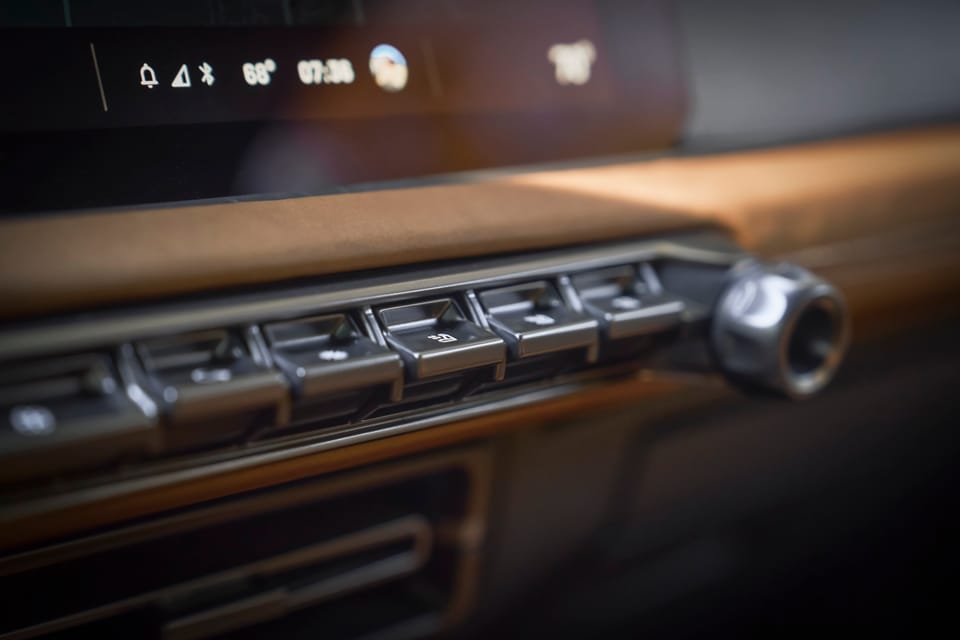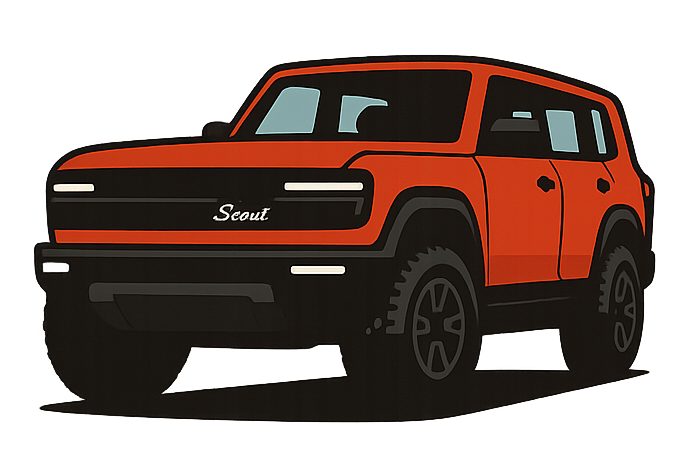How Scout is Rethinking In-Vehicle Software: A Look Inside the UX Philosophy

Software is no longer just a layer in the modern car. For most drivers, it is the experience. And at Scout Motors, that experience is being built from the ground up.
In a video interview with Out of Spec Reviews, one of Scout’s UX Managers offered a detailed look at how the company is approaching its infotainment system, physical controls, and overall user interaction design. While most of the world is still waiting to see Scout’s electric vehicles on the road, the software powering them is already taking shape—and it’s clear this isn’t a rushed afterthought.
Starting From a Clean Slate
Scout’s infotainment system is built on the Rivian–Volkswagen Group electrical architecture. This zonal architecture reduces wiring, consolidates control modules, and supports modular development. It also makes software updates faster and more efficient across the vehicle.
But the software itself is all Scout. Designed in-house, it is tailored to reflect the identity of the brand and the needs of its future owners.
One of the biggest advantages Scout has? A clean start. With no legacy systems to retrofit, the UX team is able to think holistically, merging digital and physical controls in a way that feels intentional instead of forced.
Merging Physical and Digital Thoughtfully
Scout is not chasing full-screen minimalism just because it’s trendy. Instead, the design philosophy blends tactile controls with a digital interface in a way that feels natural and usable.
Certain functions—like climate controls and overhead switches—still rely on physical buttons. Others live within a contextual digital interface that adapts based on what the driver or passenger is doing. The goal is to minimize cognitive load and support “blind operation” for commonly used tasks, allowing drivers to adjust settings without needing to look down.
The infotainment layout includes a wide-format main screen that gives both driver and passenger access to essential information and controls. It’s designed to reduce glare and invite collaboration, whether you’re off-roading or finding lunch on a long road trip.
Not Just Tech for Tech’s Sake
Scout’s UX team emphasized their approach to software as a “helpful companion.” In practice, this means building features that support both everyday needs and off-grid adventures.
A few of the highlights already integrated into development builds include:
- Persistent mapping interface with multitasking support
- Collaborative navigation so passengers can take the lead without disrupting the driver
- Pet mode with custom imagery and comfort settings
- Outdoor mode for off-grid camping, fishing, or tailgating
- Range extender controls for optimizing hybrid electric use
- Satellite connectivity (partner to be announced) for remote areas
- Sleeping mode to power down the vehicle without leaving it
- Custom drive modes with adjustable one-pedal driving, creep, and suspension dynamics
Scout is also working on EV route planning that will integrate charging and fuel stops, especially important for vehicles equipped with a range extender.
Over-the-Air Updates and Customer Feedback
While no specific update schedule has been finalized, Scout is designing its system to support over-the-air updates across all modules. The focus is on balance—rolling out meaningful, customer-driven features without overwhelming users with constant changes.
Scout also seems eager to engage early with its audience. The UX Manager made a point to say that feedback now, before launch, still has the power to shape the final product.
Where Things Stand
Although the software is still in development, it is already performing better than many current production systems from legacy automakers. Responsiveness, refresh rate, and interface flow are areas the team is prioritizing now to avoid problems later.
As Scout moves closer to production, it’s becoming clear that its user experience won’t be an afterthought. It is being treated as a core pillar of the vehicle. The UX team is working to make the system seamless, useful, and flexible—designed for daily life, backroad adventures, and everything in between.
This is software built to earn trust and make a difference, not just to check boxes. And that might be one of the most refreshing things we’ve seen in the American car market in a while.
